

Some basic economic rules apply to our hobby. These rules sound obvious but sometimes bear repeating. Everyone has heard the adage “buy low, sell high”.
But another way to think about that is “buy when other people are selling and sell when other people are buying”.
But what do we mean by this? What are some examples of opportunities to buy low on a player? And what players should we maybe be selling right now as their markets are at their peak?
It sounds SO easy: Buy when cards are low, sell when they are high. Like with any investment, this is both obvious and difficult. Timing the market is incredibly hard to do regularly. If someone claims they can do this, they are lying…either to you or themselves (or perhaps both).
With sports cards, this is even more difficult, as there is a hobby angle to consider. These aren’t stocks or real estate; they have players on them. Players we like. Hot players. Players whose cards we want to own.
Having the discipline to not chase the hot card or player and instead look for potential value is not easy, but if you’re looking to make money, it’s necessary.
One caveat to offer: this is a hobby. If you’re not worried about maximizing returns, collect what you want. Buy the hot card or your favorite player at their peak.
You may not make as much of a return as potentially possible, but you may have more fun. There’s a lot to be said for the enjoyment factor. If that’s your way of doing the hobby, that’s beyond fine. It’s pretty great.
But if you’re looking to make some mid-to-long-term profits, there are several things you can look for when making your purchasing decisions.
These are not without risk, of course, but they offer an opportunity to buy cards when they are not at their peak, whether it be a short-term dip or a longer-term lowering of prices before an eventual return to higher levels.
Baseball is far less volatile than basketball or football, where a good or bad game can significantly affect prices. So what can affect prices?
Demand for players’ cards tends to soften somewhat between their retirement and their eligibility for the Baseball Hall of Fame five years later.
This can lead to somewhat lower prices, although sometimes not dramatically so. But if the player is a sure thing Hall of Fame, this small window offers up one more chance to buy the player’s cards before they are immortalized.
A couple of current examples here might be Albert Pujols (eligible for the HOF in 2028) and Miguel Cabrera (eligible for the HOF in 2029). Ichiro Suzuki was in this category but is currently eligible for election to the HOF for the first time and will be elected in the results announced in January.
A sad fact of our hobby is that players get hurt. This can, of course, affect their card values. If the rehab is long (such as with Tommy John surgery), the downtime when a player is out can depress card values.
If you believe in the player’s return, this is a good time to buy. One example of this is Chris Sale, who came back from a few lost seasons to win the 2024 NL Cy Young Award. Another, we’ll cover in a bit.
Our hobby is all about the next big thing. Prospects rule, and potential always trumps achievement. It’s worth saying this out loud because it’s insane.
Attention spans are short, and things like extended excellence aren’t appreciated. Sometimes a young-ish player on an early Hall of Fame path will see demand for their cards soften a few years into their career, despite them still performing at peak levels on the field.
If the player continues to put up numbers and gets into Hall of Fame territory, their cards will likely get back in the spotlight eventually. One example of this is Manny Machado.
Machado has had two slightly down but still good seasons since turning 30. He’s only 32, and has a 57.8 career WAR. If he matches the last two years “good but not great” product through his age 35 season, that puts him in the 66-67 career WAR range, well within HOF consideration.
Before this year, Juan Soto was an even better example, but he’s having a moment right now.
When it comes to players vs. time, time is undefeated. Players in their mid-to-late 30s typically don’t perform as well as in their 20s. Sometimes the long, slow decline between a player’s peak and their eventual retirement can see demand for their cards soften, bringing prices with it.
A couple of earlier examples, Albert Pujols and Miguel Cabrera, also fall into this category. After signing big contracts, they hung around for a while, and injuries and underperformance caused them to leave the collective hobby mind for awhile.
As we’ve seen, players sometimes exist in several of the above categories at different times, or sometimes in multiple categories simultaneously. Other players who may fall into one or more of these categories include Clayton Kershaw, Paul Goldschmidt, Joey Votto, and Nolan Arenado.

Mike Trout was the biggest name in the hobby for a long time. He was the consensus best player on the planet and would be an inner circle Hall of Famer if he retired today.
Since hitting his late 20s, however, he’s struggled to stay on the field. Over the last four seasons, he’s played in only 266 games out of a possible 648 games (41%). In those games, he’s continued to perform as a top player, with a 160 OPS+ and 46 HR/162 games.
The hobby has softened on Trout in a big way. Back in 2019, in a PSA 10 the card sold regularly for $950-1,000. During the peak of the Covid bubble, it was a $4,000-7,000 card. Prices have now settled into the $900-$950 range.
In a PSA 9 holder, the story is the same. 2019 prices were in the $400-500 range, while the 2021 peak saw the card selling for $1,700-$2,000. Prices are now in the $300-400 range. I just picked one up for $365 plus shipping and fees on eBay.
If Trout retires tomorrow, he’s an inner-circle Hall of Famer and probably the great “what if he could have stayed healthy?” story of his generation. If he can stay on the field and perform at current levels over the next few years, he’ll only add to his legacy.
His lucrative contract runs through the 2030 season, meaning he’s likely to continue to try to take the field. Six more seasons like 2024, when he played in only 29 games but was worth 1.1 WAR, sends his career WAR total well north of 90.
Even if he puts up negative WAR numbers throughout the rest of his career, it seems unlikely his career WAR would slip below 80, putting him somewhere between Ken Griffey Jr. and Joe DiMaggio on the all-time list of center fielders.
In other words, Trout will be an all-time great no matter what happens on the field from this point onward, yet his cards sell for a fraction of their peaks and below even pre-pandemic levels.
If you’ve ever wanted to buy a 2011 Topps Update Mike Trout #US175, the time to buy is likely right now. A healthy spring training and 2025 season will send prices back on an upward trend.
This is easily one of the most iconic baseball cards of the 21st century and should remain a popular and valuable card for years to come.


| Card | Total PSA Pop | Grade Pop | Recent Sale Price |
|---|---|---|---|
| 2011 Topps Update Mike Trout #US175 PSA 9 | 14,685 | 4,947 | $300-400 |
| 2011 Topps Update Mike Trout #US175 PSA 10 | 14,685 | 6,557 | $950-1,000 |
The flip side of the same coin tells us that buying the hot player at the top of their moment is likely to mean we’re buying at the top of the market.
Again, buy what you like as long as your hobby budget allows, but buying high is not the path to ROI.
A few players flying high at the moment who you may want to wait to purchase are recent MVP Shohei Ohtani and Aaron Judge, NL ROY Paul Skenes, and perhaps former undervalued World Series MVP Freddie Freeman.

There are basic economic rules that apply to our hobby, and sometimes they bear repeating. Following these rules can help make your collection and collection time enjoyable and productive.
What’s your take on buying low? What players are you looking to purchase now during a dip in their values that will rise again over time?
And what players are you avoiding, either because they are too hot right now or are unlikely to rebound? Tell us about it at CardLines on Twitter.
I deep-dove on Fanatics Collect so you don't have to (but should you?)
Panini is launching a WNBA Product at $30,000!?
Topps Chrome 2024-25 Basketball: Honest Review and Notes
Did you know this SECRET about PSA slabs? #sportscard #tcg
5 EASY tips to make more money on eBay sports cards.
I opened a sports card mystery box and found something AWESOME inside
The SAD story of Collectable. What went wrong? (The Downfall Fractional Sports Card Investing)
what was Panini doing? 🙄
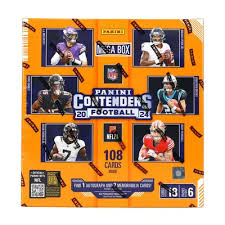
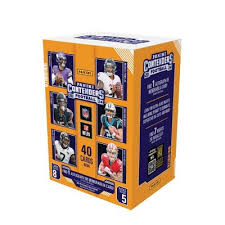
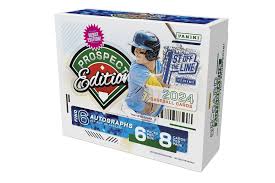
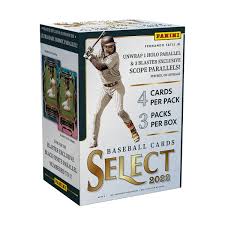
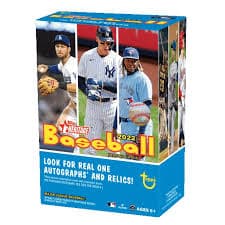
2022 Topps Heritage Baseball Blaster Box Configuration: 7 Packs per Box – 9 Cards per Box. Plus 1 extra pack.
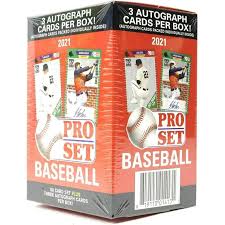
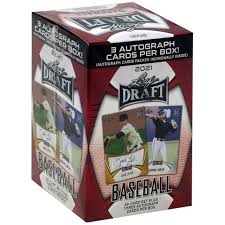
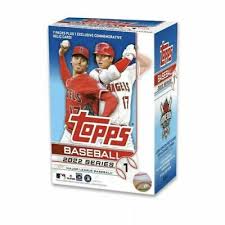
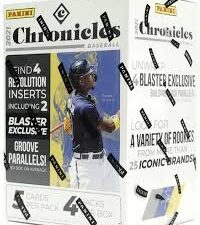
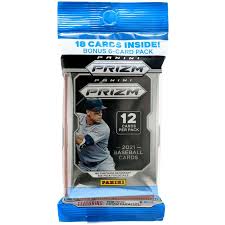
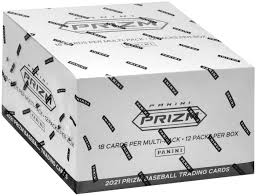

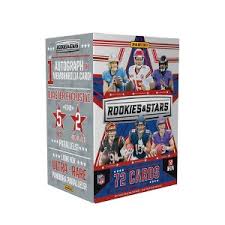
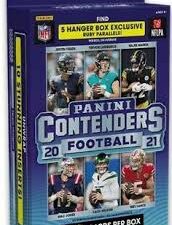
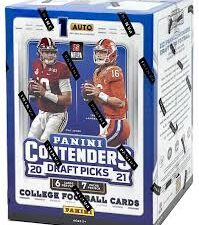
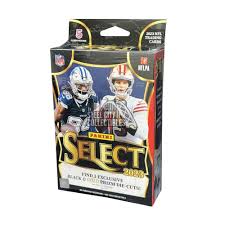
Keep up on breaking Sports Card News, our latest articles, product specials and exclusive content with expert analysis of hobby trends.
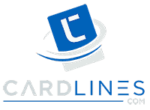
© Copyright 2025 - All rights reserved Cardlines.com / Media Techs LLC - Sports Card News, Reviews, Releases and BREAKS - #thehobby.
Important: When you click on links to various merchants on this site and make a purchase, this can result in this site earning a commission. Affiliate programs and affiliations include, but are not limited to, the eBay Partner Network.
I Tested eBay Auction Promotions So You Don’t Have To!
Cardlines June 30, 2025 7:01 pm